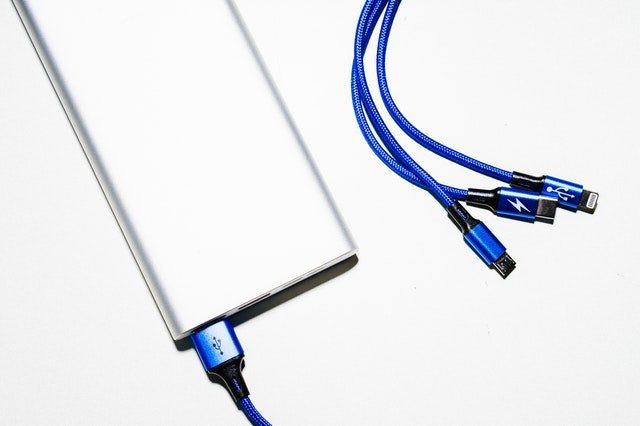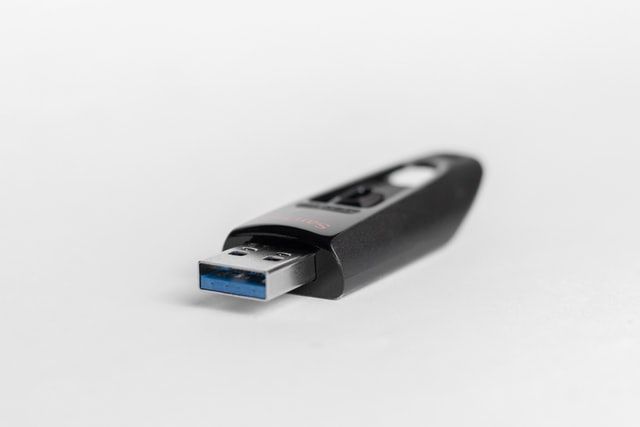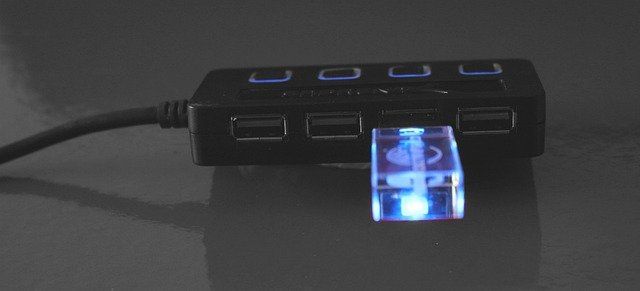Tech Swag Ideas For Corporate Gifts

For corporate promotional gifts we often think of pens, post-its, hand sanitizer, etc. – pretty much small hand held items. And those are all great and work well as gifts. But if you are looking to take it a step further and stand out among your competition, maybe consider a corporate swag gift that is tech related. Technology products will be and are always relevant. They can be used at home or at the office. So if you add your logo to a cool tech gift, it can help you gain exposure and possibly grow your audience.
Here are a few examples of cool tech swag gifts:
Power Bank or Portable Phone Charger

A power bank can make a great tech gift. Portable phone chargers are useful for everyone – if you are out and your cell phone battery is low, a power bank most definitely will come in handy. These devices have flat edges so your company logo will look great on one of the sides.
Headphones

Headphones are an awesome tech swag gift. Simply place your logo on each side (or on one side) of the headphones near the ear covers. It is always nice to have the option to use a set of headphones for listening to music or a tv show or movie on a device. This useful and thoughtful gift will impress your clients and let them know you are thinking of them.
USB Flash Drive

We all have files, photos, or videos that at one point we might need to transfer over to another device or maybe simply just need a place for temporary storage. With that said, a handy little tech gift is a USB flash drive. Add your logo to the top of the flash drive so whenever it is being used your company name will be front and center.
Cell Phone Stand

Something that we are seeing more often now are cell phone stands. Most everyone has a cell phone and sometimes instead of holding it with your hand, it’s nice to be able to prop it up on something. A cell phone stand is a useful gift – it is a great addition to have at your desk. It helps free up your hands to type at your computer and be able to touch the screen of your phone real quick. Add your company logo to the bottom of the stand, maybe along the side or on the back. Either way – your company name will be seen with this helpful gift.
Portable Bluetooth Speaker

A bluetooth speaker is a fun gift and brings the convenience of music wherever you go. A lot of promotional product companies offer different options of where to put your company logo on the speaker. It will depend on the shape and size of the speaker.
USB Hub

How many times have you run out of USB ports on your computer? Probably more often than not. A USB hub is a helpful tool and a fun gift to give. There is always a new device to connect to a computer and for those who have run out of available ports will found a hub very useful. Add your company logo to the top of the hub so your clients will know where this awesome gift came from.
These small hand held items that help support technology can make wonderful corporate gifts. They are easy to personalize with a company logo and are thoughtful gifts for your customers.
The post Tech Swag Ideas For Corporate Gifts appeared first on SDTEK | San Diego, CA.


